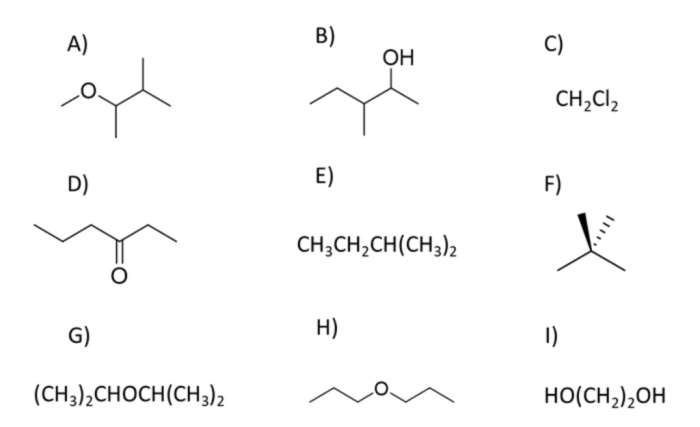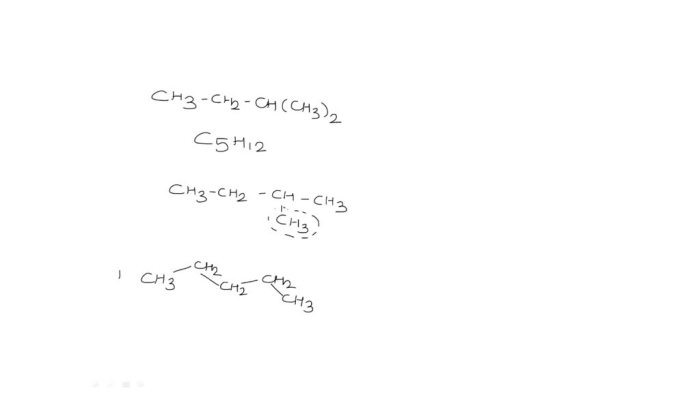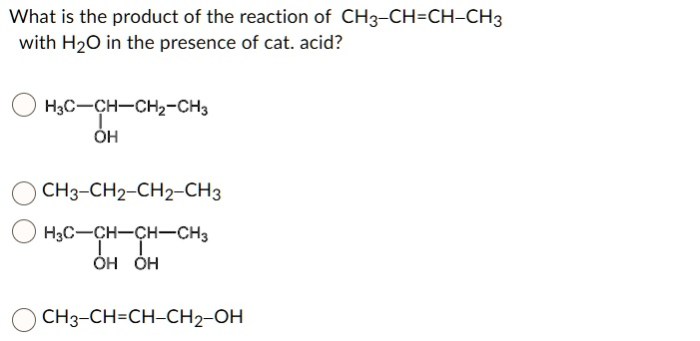Indicate which compounds below can have diastereomers and which cannot. – In the realm of chemistry, the concept of diastereomers holds a significant place. Diastereomers are stereoisomers that are not mirror images of each other, making their study a captivating pursuit in understanding molecular structure and properties. This discourse delves into the intricacies of diastereomers, exploring the factors that determine their existence and the structural features that indicate their presence.
By unraveling the complexities of diastereomers, we gain invaluable insights into the fascinating world of stereochemistry.
Diastereomers: Indicate Which Compounds Below Can Have Diastereomers And Which Cannot.

Diastereomers are stereoisomers that are not enantiomers. They have the same molecular formula and connectivity but differ in the spatial arrangement of their atoms. Diastereomers can be chiral or achiral.
Identifying Compounds with Diastereomers, Indicate which compounds below can have diastereomers and which cannot.
The presence of diastereomers depends on the presence of at least one chiral center in the molecule. A chiral center is a carbon atom that is bonded to four different groups.
| Compound | Structural Features | Can Have Diastereomers |
|---|---|---|
| CH3CH2CH2Br | One chiral center | Yes |
| CH3CH2CH2Cl | No chiral centers | No |
| CH3CH(OH)CH2Br | Two chiral centers | Yes |
| CH3CH(OH)CH2Cl | One chiral center | Yes |
Compounds without Diastereomers
Compounds that do not have chiral centers cannot have diastereomers. Examples include:
- CH 4
- C 2H 6
- C 3H 8
Stereochemistry and Diastereomers
Stereochemistry is the study of the three-dimensional arrangement of atoms in molecules. Diastereomers are an important part of stereochemistry because they can help us understand the different ways that molecules can interact with each other.
The flowchart below illustrates the decision-making process for identifying compounds with diastereomers:
Start | V Does the molecule have at least one chiral center? | / \ No Yes | | V V Compound cannot have Compound can have diastereomers diastereomers | V End
FAQ Explained
What are diastereomers?
Diastereomers are stereoisomers that are not mirror images of each other.
How can we identify compounds that have diastereomers?
Compounds with chiral centers and restricted rotation can have diastereomers.
Why is it important to understand diastereomers?
Understanding diastereomers is essential for predicting molecular properties and reactivity.

